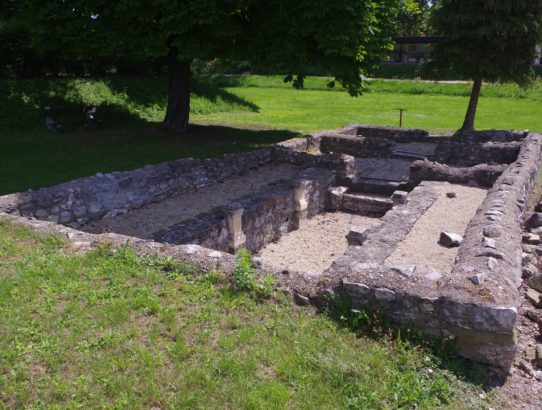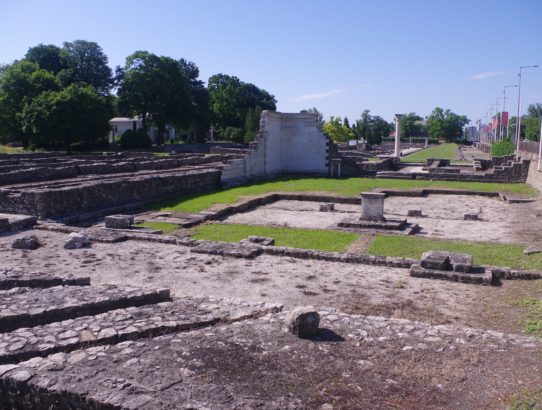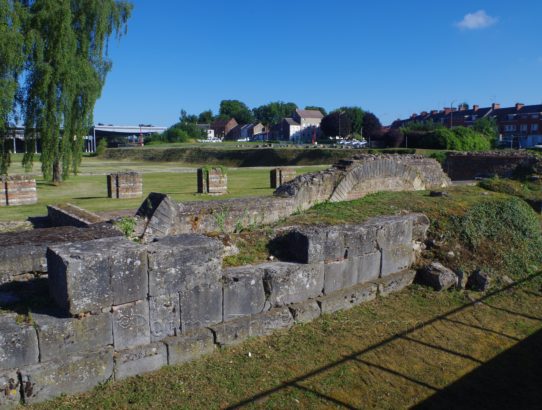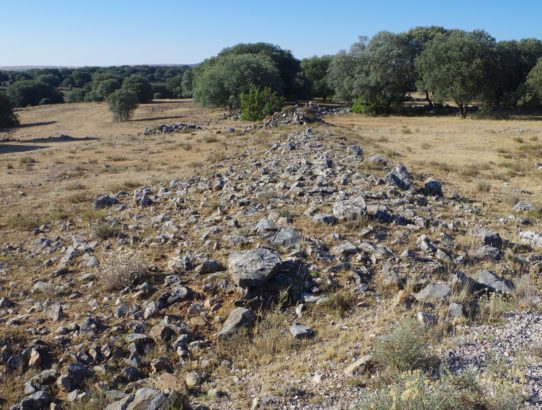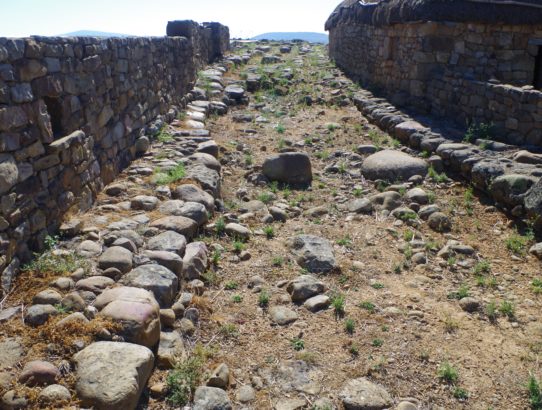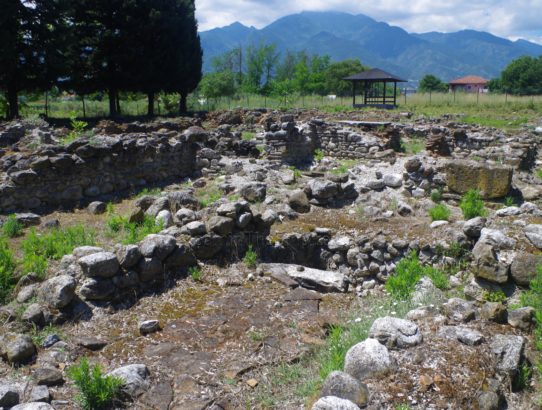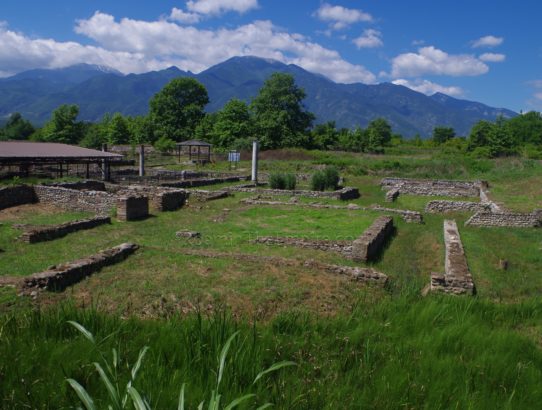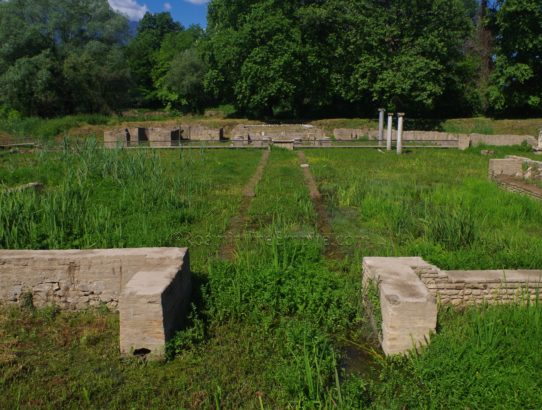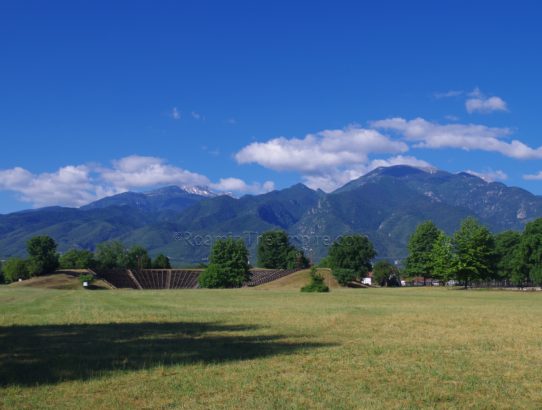Aquincum, Pannonia Inferior – Part II
Continued From Aquincum, Pannonia Inferior – Part I Heading north from the Mithraeum of Symphorus and Marcus is an insula that is largely taken up by two structures, the first of which is the Large Dwelling House. This residence is claimed to be the largest and most luxurious domestic structure in the civilian settlement of…
Read More


